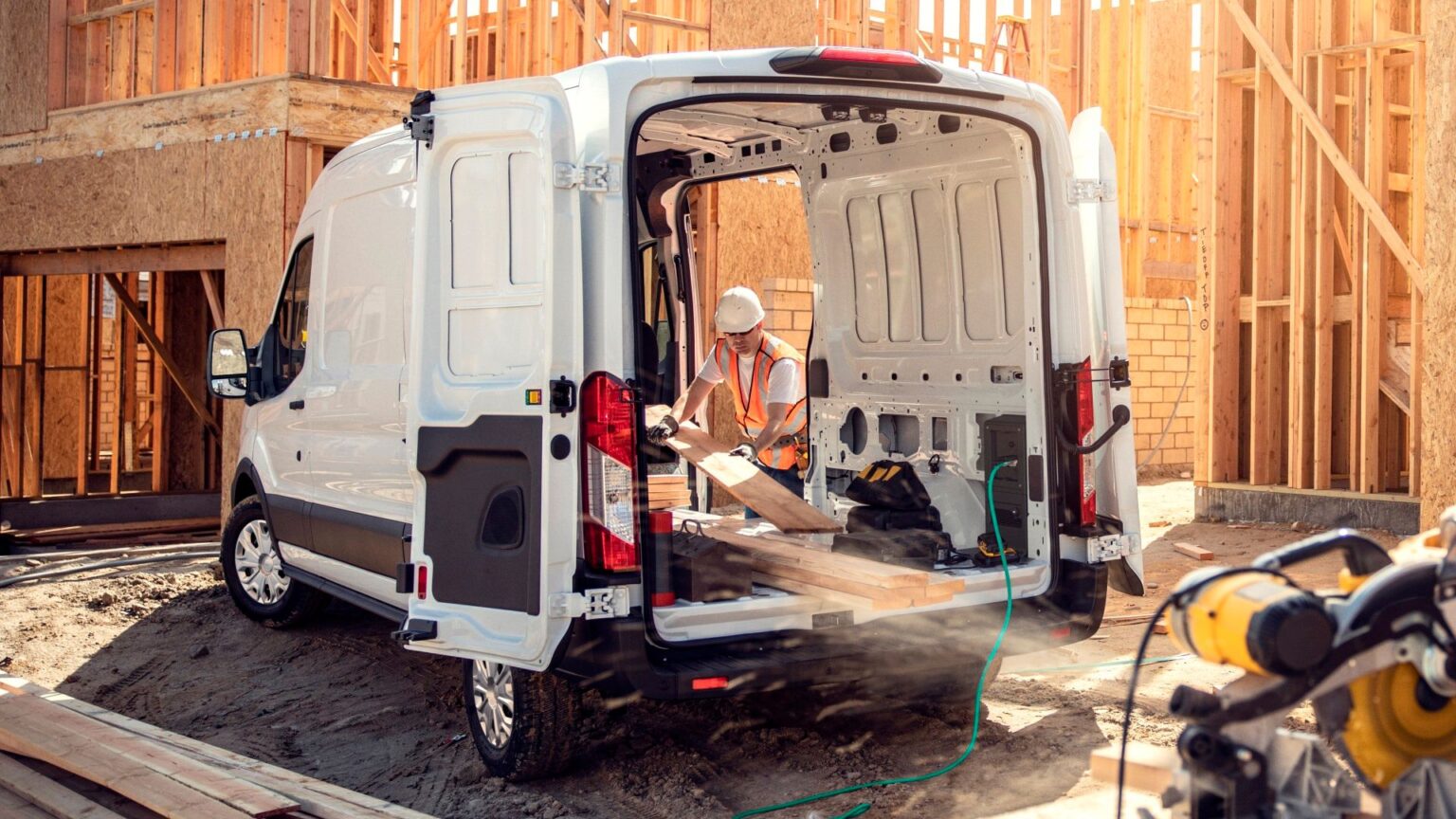At this point, it’s no secret that the electric vehicle (EV) market in the U.S. and Canada isn’t booming like it once did. Yes, some automakers like GM, Hyundai, and even BMW are still doing quite well, but sales of consumer light-duty EVs have shrunk by two-percent over the past year. This is caused by a number of factors, the first being the high upfront cost of EVs, high interest rates, the general high cost of living, the removal of government incentives, and an unstable charging infrastructure, to say nothing of a generalized backlash against EVs, fueled by political motifs.
But, at the same time, we’re noticing that the commercial EV sector is going in an entirely different direction. As a matter of fact, the commercial EV market has never been doing this well, with several businesses opting for electric-powered fleets versus gasoline. What exactly is going on, and what has the commercial sector understood that the consumer one didn’t?
It Not Only Comes Down To Running Costs, But Other Factors, Too
According to data from S&P Global Mobility, registrations in the U.S. for commercial electric vehicles, including classes 3 to 8 (delivery vans, utility trucks, and semi-trucks), have grown by a whopping 274 percent over the past year, totaling 24,871 vehicles. The Class 2 EV market, vehicles also mostly used for work-related duties, rose 69 percent during the same period, totaling more than 417,000 vehicles on the road.
Large players in the commercial sector have obviously contributed to this rapid growth. On its own, Amazon currently holds a fleet of more than 25,000 electric commercial vehicles. But other companies, often flying under the radar, like EcoLab, an infection prevention, water, and hygiene supplier based in Minnesota, are also helping with these numbers. The company already runs a fleet of 11,000 EVs, and wants to electrify its entire North-American fleet by 2030. Amazon is aiming to hold a fleet of more than 100,000 EVs by the end of this decade.
The case for EcoLab is probably the biggest highlight here, as there’s a plethora of businesses, small, medium, and large, across the U.S., and also in Canada, that are slowly converting everything to electric propulsion. The main driver, of course, is lower running costs. Fleet managers are very sensitive about fuel costs, so converting to electric propulsion is the obvious way to go to save on refills. There’s also the benefit of having a fleet fully charged up in the morning before it starts its shift. For many businesses, that’s a commodity that saves them both time and money.
But, There Are Still Roadblocks To Mass Commercial EV Deployment
But there are other underlying truths about converting all commercial fleet vehicles to EVs, as well as logical reasons for the recent blow-up in commercial EV registrations. We’ve never witnessed so many new electric commercial vehicles being available to businesses ever before. New models like the Ford E-Transit, the Mercedes eSprinter, or the Rivian cargo vans have all contributed to attracting and convincing fleet managers to give them a shot.
Government incentives have also played their part in this rapid expansion, helping fleets absorb the high initial costs of EVs. California’s Advanced Clean Trucks regulation, then later adopted by 11 other states, like Maryland, New York and Washington, requires automakers to sell zero-emission vehicles to sell a percentage of EVs, a percentage that needs to constantly go up in the coming years. The states that follow this regulation currently correspond to 27 percent America’s commercial EV market.
And there lies a bit of a problem, as the Trump Administration is about to thwart these efforts through its Big One Beautiful Bill Act, which aims to remove all government-funded EV incentives. There’s another obvious roadblock that could slow down the commercial sector in the coming years, and that’s charging infrastructure. For now, businesses turning to EVs have baked in their daily routes within the vehicle’s given range. For instance, a vehicle that does the same route every day, with a pre-determined amount of miles, can simply come back to home base for a charge and repeat the process the following day.
But for fleet models requiring more long-distance missions, the charging infrastructure is both too unstable and not quick enough to sustain the demand. I’m thinking, for example, of taxi drivers who don’t always know how far they’ll be driving during a given day, nor how many times they’ll need to use their vehicle. They cannot afford to park and charge while they’re missing out on available fares. For them, a hybrid powerplant remains the better solution. At least, for now.
So, in a nutshell, if the commercial EV market is doing better than the consumer one, it’s simply the result of timing. Timing from automakers to release the right models, timing to have these models backed by the right incentives to help businesses purchase them, and context related to the available charging infrastructure in relation to a business’ needs. Some businesses are totally OK with the current state of things. But for some, relying solely on electric propulsion is still too risky. In order for that sector to keep growing strong, automakers will need to find ways to lower initial pricing without relying on incentives, and for the charging infrastructure to grow and speed up.
Read the full article here


